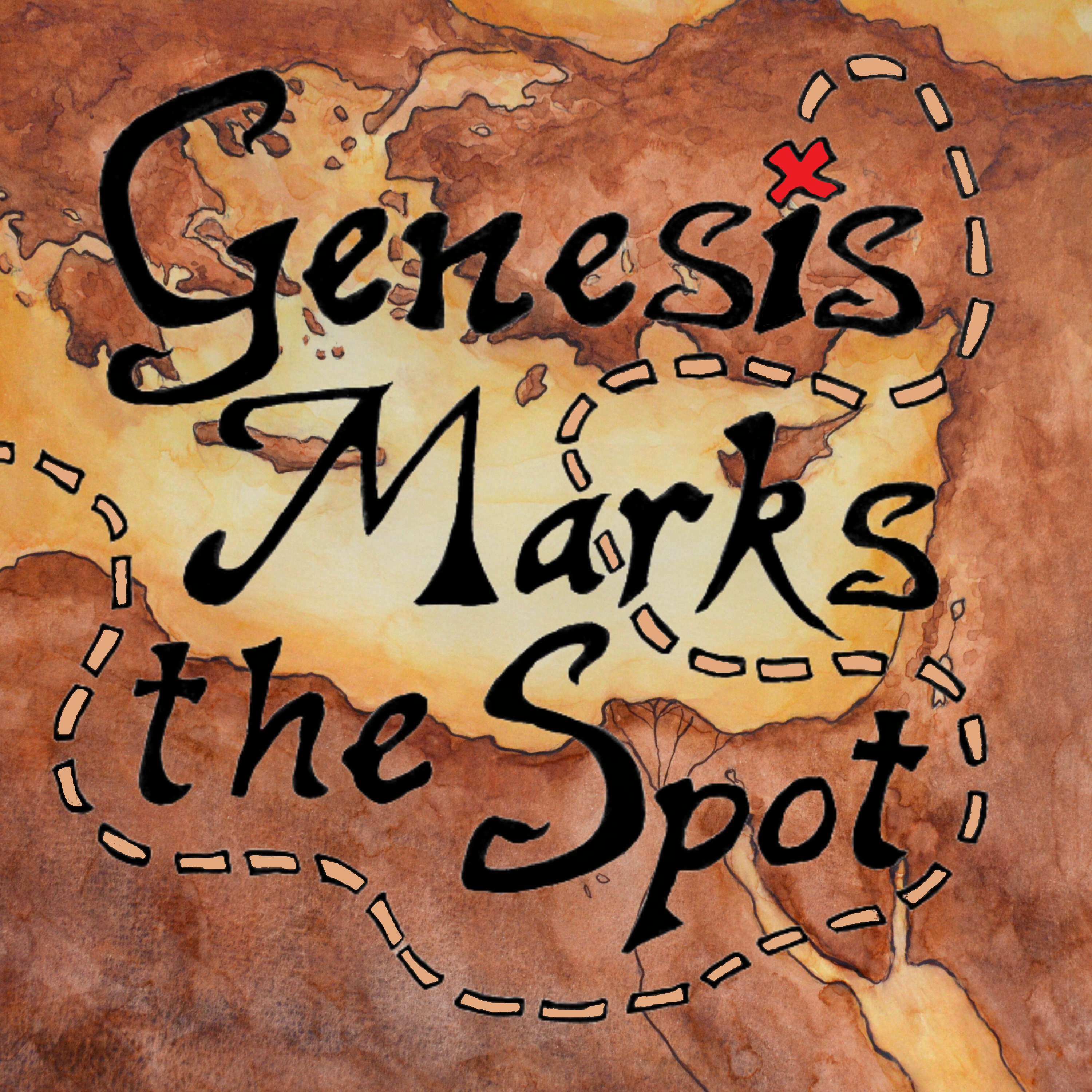Liturgy as Chiasm: Reflections on Creation, Worship, and Discipleship

I noticed this week in church the attendance was greatly increased and that surprised me until I realized that we are approaching the season of advent. So it seems a good time to reflect on a few things with a past episode.
Liturgy is a part of many congregations and is sometimes perceived as a rigid set of rituals, but it holds within it a transformative power that transcends its superficial form. I was talking about this with multiple people recently and reflecting on the purpose and intent of liturgy and how it can either be a dry, dead practice with no meaning or it can be part of a lived worship experience, and it matters how much of the narrative participants (or observers) are taking in. Can you just go through the rote motions? Sure. Can you be transformed through those motions? Again, yes.
In episode 79, Troy Yurchak and I talked about the liturgical chiasm of Genesis 1. A chiasm is an arrangement akin to a mirror image of a mountain, and in Geneis 1 it illuminates the interconnectedness between humanity, creation, and the divine.
Genesis 1: A Poetic Chiasm of Creation
The opening chapter of Genesis unveils the creation narrative in a meticulously crafted chiasm. This literary device serves as a poetic framework, mirroring the divine act of creation from its inception to its culmination.

The chiastic arrangement of Genesis 1 not only adds aesthetic beauty but also reveals the profound theological significance of each creative act. The themes of light and darkness, separation and communion, and chaos and order are interwoven, mirroring the ebb and flow of the created world.
Liturgy as Chiastic Reflection of the Divine
The liturgy, a formal pattern of Christian worship, is a profound echo of the creation chiasm. Through its prescribed readings, prayers, and sacraments, liturgy reflects the divine order established at creation. It is not a mere adherence to tradition but a participatory reenactment of the cosmic dance that brought the universe into being.
The chiastic nature of liturgy invites us into a deeper understanding of God's plan for humanity. It reminds us that we are not isolated individuals but rather living interconnected imagers of the Grand Designer. Our participation in liturgy is, therefore, not an act of self-centered piety but a cosmic pilgrimage.
Liturgy is seen in the things we do and the texts that we read, but also in the buildings that we build for worship.
One beautiful image of this is the labyrinth set into the floor at Chartres Cathedral in France.
Imagine traveling that path in such a beautiful space and pondering on our walk with God.
The Transformative Role of Liturgy
When we engage in liturgy with an awareness of its structure to intent, its transformative potential becomes evident. The chiasm of Genesis 1 draws our attention to the inherent unity and interconnectedness of all things created. This realization challenges our fragmented view of the world and invites us towards a more holistic perspective, not unlike viewing creation in the frame of the Cosmic Temple, and the temple is, of course, couched in liturgical practices. It shouldn't surprise us that creation, worship, and discipleship all have connected patterns.
Liturgy serves as a constant reminder of our ongoing journey as disciples. We step into liturgy purposefully and it also has an end. It is a visible representation of the constant motion between separation and reunion, chaos and order that characterizes the Christian life. By participating in liturgy, we are continually drawn back to the fullness of God's love and the ongoing process of sanctification, and hopefully we take that back into our "normal" daily existence.
Chiasm and the Journey of Discipleship
As I discussed with Troy, the chiasm in liturgy not only sheds light on the nature of worship but also provides a framework for understanding the path of discipleship. The movement from creation to redemption and back to (re)creation reflects the journey of the believer.
As we progress in discipleship, we encounter periods of darkness, doubt, and chaos. Yet, amidst these challenges, Genesis 1 and our church liturgies (in whatever form they present themselves) reminds us of the ultimate victory of light over darkness, order over chaos, and redemption over sin. Worship and liturgy is meant to strengthen our faith and encourages us to persevere on the path forward.
Conclusion: Liturgy's Potential in Shaping Faith and Worship
In conclusion, the chiastic structure of liturgy unveils the profound depth and purpose embedded within the act of worship. It is not merely a series of rituals but a sacred reenactment of the divine plan, inviting us into a journey of transformation and discipleship.
By embracing the transformative potential of liturgy, we not only deepen our relationship with God but also foster a more holistic understanding of our place in creation. The chiasm in liturgy serves as a constant reminder of our cosmic pilgrimage, drawing us closer to the fullness of life in Christ.
For a deeper exploration of this topic, I highly recommend listening to the related episode of our podcast, "The Liturgical Chiasm of Genesis 1, with Troy Yurchak - Episode 079": https://www.genesismarksthespot.com/the-liturgical-chiasm-of-genesis-1-with-troy-yurchak-episode-079/










